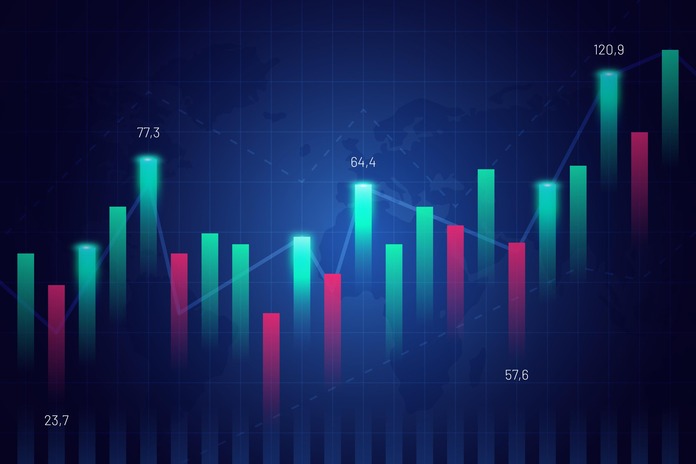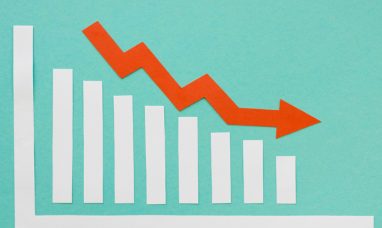The global stock market trends reflect a mixed bag on Thursday as the U.S. stock market remained closed to honor former President Jimmy Carter. While European indexes showed modest gains, many Asian markets declined, raising concerns over the economic outlook and potential geopolitical risks.
European Stocks Show Modest Gains
European markets opened on a positive note. Germany’s DAX rose by 0.1%, reaching 20,342.60, while France’s CAC 40 climbed 0.6% to 7,500.22. The UK’s FTSE 100 index led the gains, advancing 0.8% to close at 8,319.89. These upward movements indicate resilience in the European economy despite global uncertainties.
Much of the optimism in Europe stems from easing inflation fears and signs of economic recovery. The European Central Bank’s recent remarks on keeping interest rates steady have further bolstered investor confidence.
Asian Markets Experience Declines Amid Economic Concerns
Asian markets had a less optimistic outlook. Japan’s Nikkei 225 index fell 0.9% to 39,605.09 after reports of strong wage growth in November, sparking concerns about potential rate hikes by the Bank of Japan. The dollar’s decline against the yen also contributed to investor caution.
Hong Kong’s Hang Seng index dipped 0.2% to 19,240.89, and China’s Shanghai Composite index dropped 0.6% to 3,211.39. China’s economic data painted a mixed picture, with consumer prices rising 0.1% year-over-year in December while producer prices fell 2.3%, indicating sluggish demand in the world’s second-largest economy.
Australia’s S&P/ASX 200 slipped 0.2% to 8,329.20, reflecting concerns over global economic uncertainty. Meanwhile, South Korea’s Kospi managed a slight gain of less than 0.1% to 2,521.90, driven by strong performances in the technology and automotive sectors.
U.S. Bond Market Remains Open
Despite the stock market closure, the U.S. bond market continued trading until an early closure at 2 p.m. Eastern time. Treasury yields dipped slightly, with the 10-year Treasury yield falling to 4.65% from its previous high of 4.70%. This pullback in yields provided some relief to investors worried about the rising cost of borrowing.
Higher bond yields have been a concern for the stock market. They make borrowing more expensive for companies and households and can shift investor preference from stocks to bonds. Recent U.S. economic reports have exceeded expectations, contributing to the rising yields.
Oil Prices Climb Amid Market Uncertainty
Oil prices saw a modest increase, reflecting the global market’s mixed trends. U.S. benchmark crude oil rose 0.6% to $73.74 per barrel, while Brent crude, the international standard, also increased 0.6% to $76.58 per barrel.
The upward movement in oil prices indicates continued demand despite global economic concerns. However, traders remain cautious about potential disruptions in supply due to geopolitical tensions.
Geopolitical Risks Weigh on Investor Sentiment
Global stock market trends continue to be influenced by geopolitical uncertainties. Stephen Innes, managing partner at SPI Asset Management, commented on the unpredictable trading landscape under President-elect Donald Trump. The initial enthusiasm for tax cuts has been overshadowed by concerns over tariffs and unconventional geopolitical moves, such as the suggested purchase of Greenland.
These unpredictable policies have created a challenging environment for investors to navigate. The mixed performance across global markets reflects this uncertainty.
Looking Ahead: Key Economic Data to Watch
The next significant event for the markets will be the release of U.S. job numbers on Friday. The Labor Department’s monthly report is expected to provide insights into the strength of the U.S. economy. Analysts hope that the job market remains strong enough to stave off recession fears but not so strong as to discourage the Federal Reserve from cutting interest rates further.
In the meantime, investors will continue to monitor global stock market trends, oil prices, and bond yields to gauge the broader economic outlook. With mixed results across regions, the coming weeks will be critical in determining whether markets can maintain their resilience amid ongoing uncertainties.
Featured Image – Freepik







